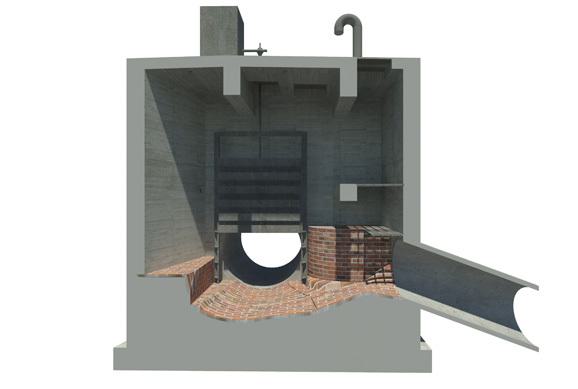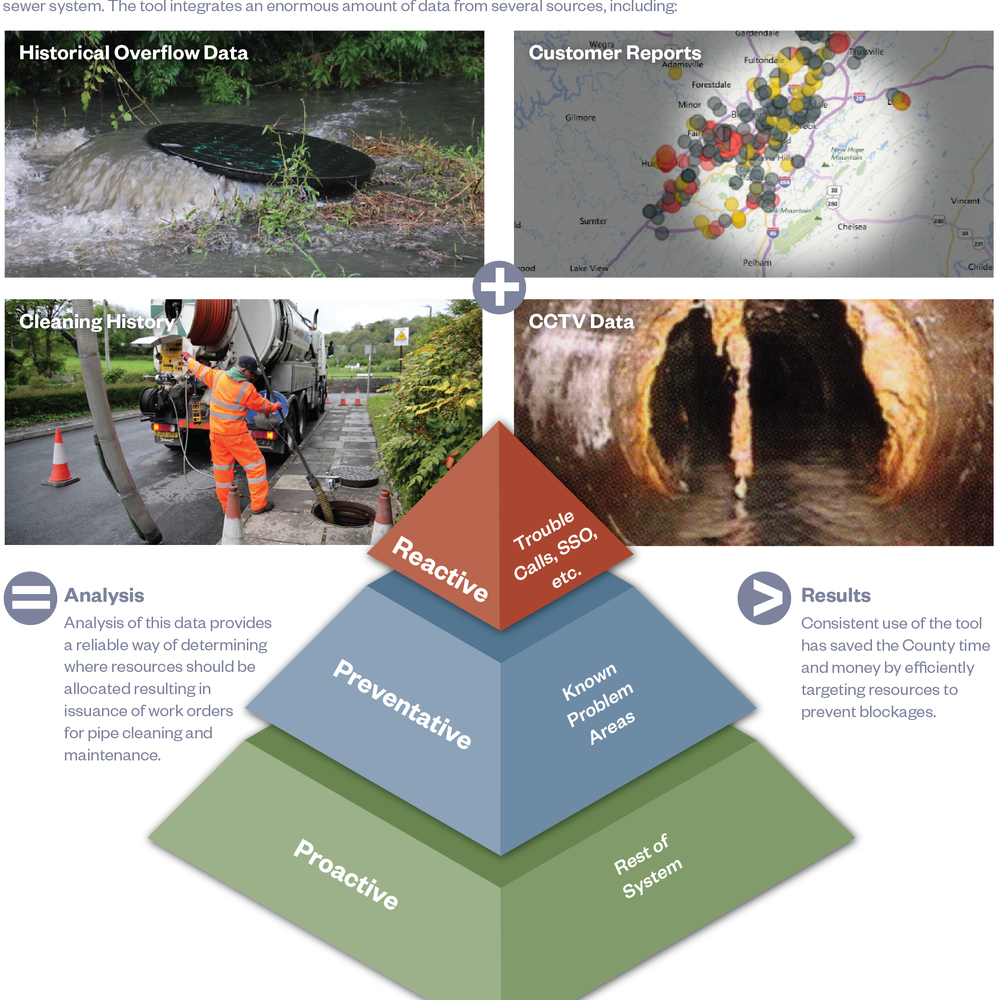Automatic Control of CSOs Using a Sluice Gate
Last Modified Jul 06, 2022
The City of Nashua is under a Consent Decree from the U.S. Environmental Protection Agency (EPA) to reduce Combined Sewer Overflows (CSOs) and has an ongoing program to meet the requirements of the Consent Decree. The program consists of a multitude of projects including infrastructure improvements (e.g., regulator structure and pipeline modifications) sewer separation, and storage and wet weather treatment facilities that will result in both the reduction and control of CSOs during severe storm events. One of these program components was construction of an automated 108” wide by 96” high slide gate to throttle the flow and induce in-system storage upstream of CSO 006.
Related Topics:

The Project objectives were accomplished by:
- Performing a hydraulic analysis to evaluate the impacts of the gate.
- Evaluating the location and configuration for the gate.
- Identifying the type of gate best suited for this location and application.
- Determining the potential for encountering hazardous materials during construction.
- Evaluating how the gate will be incorporated into the City’s existing SCADA system.
- Evaluating permitting needs.
- Developing design documents for installation of the gate.
- Providing construction administration and startup/testing services.
The gate was located on the face of an influent combined sewer pipe in an existing CSO regulator structure. An existing 108” interceptor enters the regulator structure at this point, conveying almost a third of the total average dry weather flow from the City’s sewer system to the Nashua Wastewater Treatment Plant. Three-dimensional CADD was utilized as a design tool to investigate and manage vertical as well as horizontal conflicts in the regulator structure. For instance, a structural concrete beam was modified to fit the new gate in the proposed location.
A stainless steel slide gate was ultimately chosen as the recommended type of gate to serve the project goals. In addition, a new Hydraulic Power Unit (HPU) and Programmable Logic Controller (PLC) were incorporated into the design to automatically open and close the gate based on upstream water levels.
The water levels are measured by redundant depth sensors that can measure surcharge depths above the pipe crown. The City’s InfoWorks collection system model was used to evaluate the recommended control strategy for the slide gate, the purpose of which is to store flow upstream in the collection system and throttle the peak flow conveyed downstream to minimize the quantity of flow to be treated at the future CSO 005/006 Screening and Disinfection Facility. The gate is hydraulically operated and actuated through the PLC controls, with the gate opening up to provide upstream flooding protection (for storms larger than the 2-year event) and closing down to provide CSO control (2-year storm and smaller) through in-system storage and throttling.
Data collected by the permanent metering system located upstream of the sluice gate proves that the gate has been operating as expected and provides confidence that it will be a beneficial element of the City’s Long-Term CSO Control Plan.










